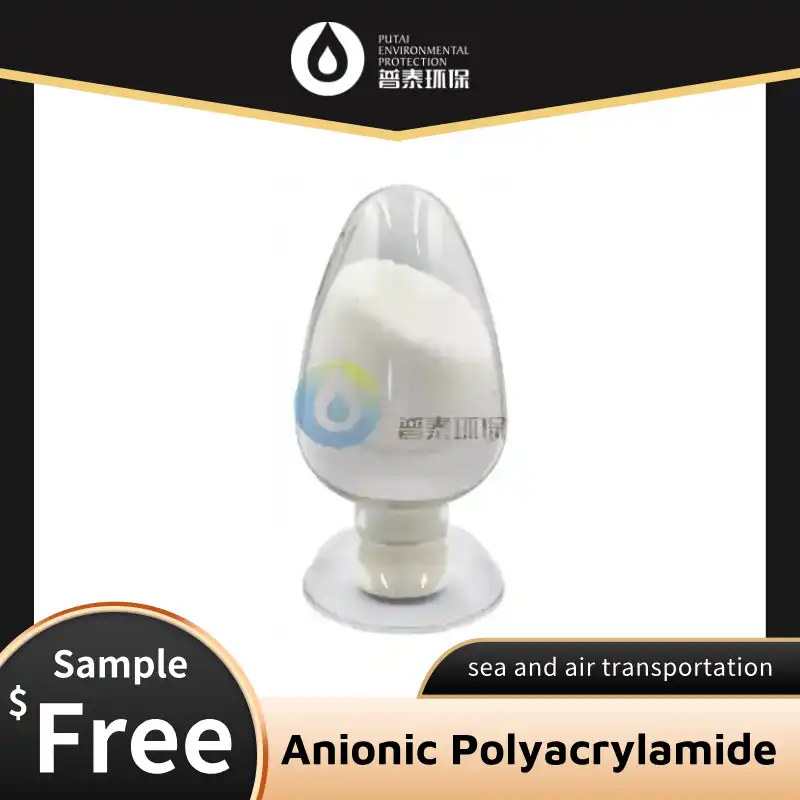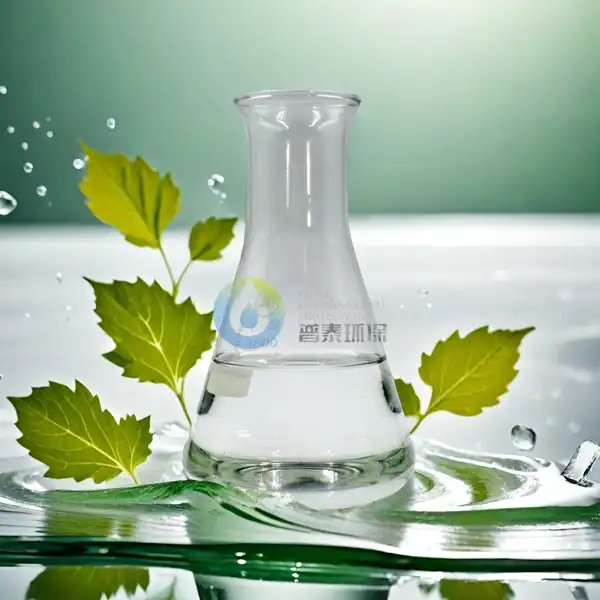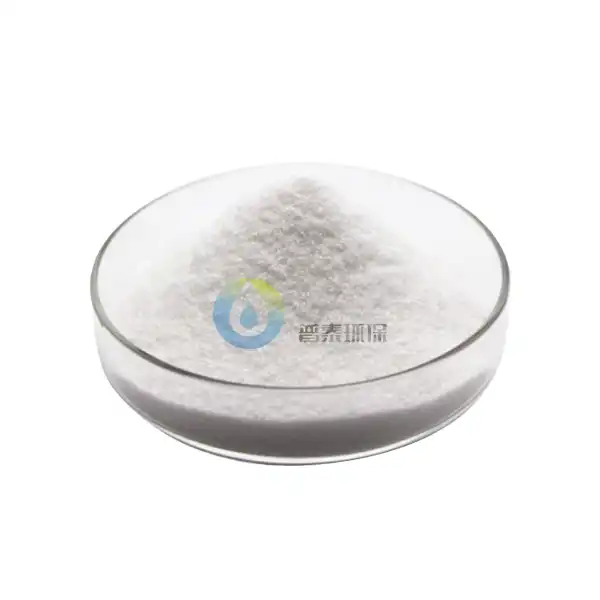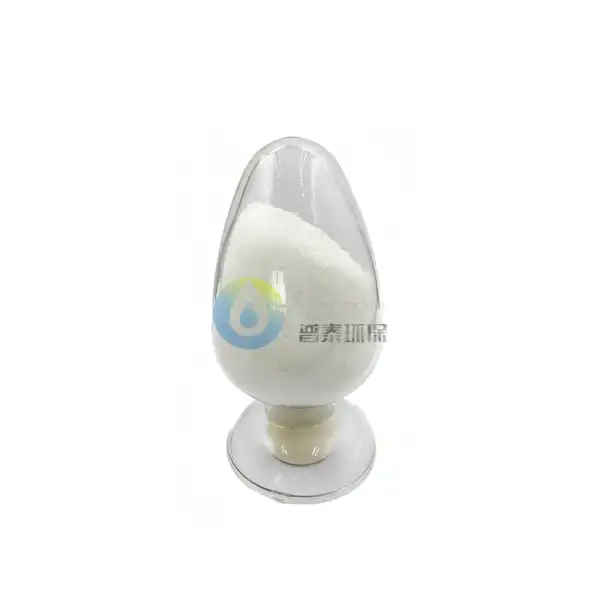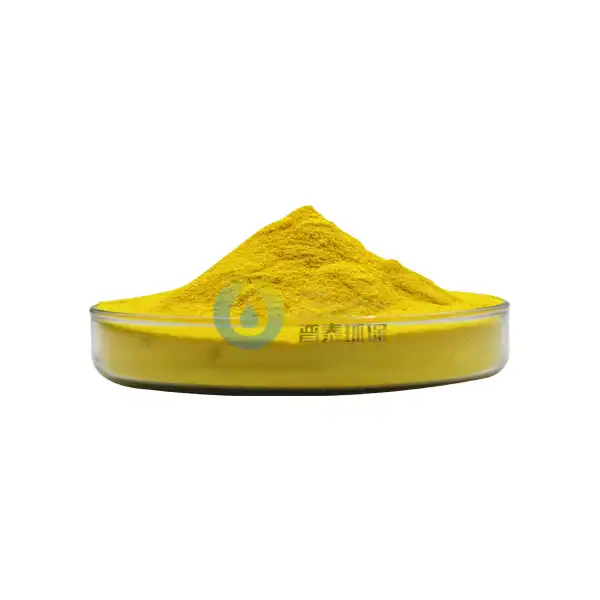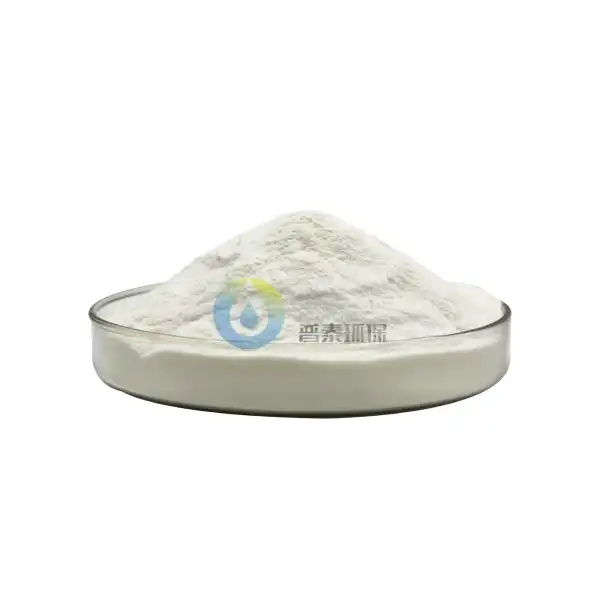How Does Food Grade Citric Acid CAS 77-92-9 Prevent Crystallization in Sugar-Based Food Products?
Food Grade Citric Acid (CAS 77-92-9) plays a crucial role in the food industry, particularly in preventing sugar crystallization—a common challenge that affects the texture, quality, and consumer experience of numerous food products. This comprehensive exploration delves into the scientific mechanisms and practical applications of citric acid in managing sugar crystallization, offering insights into its remarkable properties and industrial significance.
What Makes Food Grade Citric Acid CAS 77-92-9 a Powerful Crystallization Inhibitor in Sugar-Based Products?
The Molecular Mechanism of Crystallization Prevention
Food Grade Citric Acid (CAS 77-92-9) acts as a sophisticated crystallization inhibitor through its unique molecular structure and chemical interactions. At the microscopic level, citric acid interrupts the natural tendency of sugar molecules to form rigid, organized crystal structures. The acid's complex molecular configuration introduces strategic disruptions in the sugar's molecular alignment, effectively preventing the formation of large, unwanted sugar crystals.
When Food Grade Citric Acid is introduced into sugar-based systems, it creates a dynamic molecular environment that challenges the traditional crystallization process. The acid molecules strategically position themselves between sugar molecules, creating physical and chemical barriers that impede uniform crystal formation. This intervention occurs through multiple mechanisms, including hydrogen bonding, molecular interference, and electrostatic interactions.
The prevention of crystallization is particularly critical in products like confectionery, beverages, and processed foods where smooth, consistent texture is paramount. By maintaining sugar molecules in a more dispersed and amorphous state, Food Grade Citric Acid (CAS 77-92-9) ensures product stability, enhances sensory attributes, and extends shelf life.
Concentration and Interaction Dynamics
The effectiveness of citric acid in preventing crystallization depends on precise concentration and interaction dynamics. Manufacturers must carefully calibrate the amount of Food Grade Citric Acid (CAS 77-92-9) to achieve optimal results without compromising the product's fundamental characteristics.
Typically, concentrations ranging from 0.1% to 1% prove most effective in sugar-based systems. At these levels, citric acid can effectively modify sugar molecule interactions without introducing significant alterations to the product's core properties. The acid's ability to chelate metal ions further contributes to its crystallization prevention capabilities, as metal ions can often serve as nucleation points for crystal formation.
Thermal Stability and Processing Considerations
Food Grade Citric Acid demonstrates remarkable thermal stability, making it an ideal crystallization inhibitor across various processing conditions. Unlike some alternative additives, citric acid maintains its molecular integrity and functional properties even under high-temperature processing environments.
This thermal resilience allows manufacturers to incorporate citric acid during various stages of food production, from initial ingredient mixing to final packaging. The acid's consistent performance across different thermal scenarios ensures reliable crystallization prevention in diverse product formulations.
How Does Food Grade Citric Acid CAS 77-92-9 Interact with Different Sugar Types?
Sucrose Crystallization Dynamics
Food Grade Citric Acid exhibits unique interactions with sucrose, the most common sugar in food production. By introducing molecular complexity, citric acid disrupts the natural tendency of sucrose molecules to form uniform, large-scale crystal structures.
The acid's molecular configuration creates spatial obstacles that prevent sucrose molecules from aligning in traditional crystalline patterns. This intervention results in a more stable, smoother sugar system with enhanced flow characteristics and improved sensory properties. Manufacturers in confectionery, bakery, and beverage industries particularly benefit from these crystallization prevention mechanisms.
Fructose and Glucose Interactions
Beyond sucrose, Food Grade Citric Acid (CAS 77-92-9) demonstrates remarkable effectiveness in managing crystallization dynamics of fructose and glucose. These monosaccharides present unique challenges in food systems due to their distinct molecular structures and crystallization propensities.
Citric acid's molecular complexity allows it to interact effectively with fructose and glucose, creating a more stable molecular environment. By introducing strategic molecular interruptions, the acid prevents these sugars from forming undesirable crystalline structures, thereby maintaining product quality and consumer satisfaction.
Complex Sugar System Management
In multi-sugar systems, Food Grade Citric Acid showcases its versatility by managing crystallization across different sugar types simultaneously. This comprehensive interaction ensures consistent product quality, regardless of the specific sugar composition.
The acid's ability to create a dynamic molecular environment means that even in complex formulations with multiple sugar types, crystallization can be effectively controlled. This makes citric acid an invaluable tool for food manufacturers seeking consistent, high-quality products.
What Are the Industrial Applications of Food Grade Citric Acid CAS 77-92-9 in Preventing Sugar Crystallization?
Confectionery and Candy Production
In the confectionery industry, Food Grade Citric Acid plays a pivotal role in maintaining product quality. Candies, jellies, and other sugar-based treats require precise crystallization management to achieve desired texture and mouthfeel.
By incorporating citric acid, manufacturers can create smoother, more consistent products that resist unwanted crystallization. The acid's molecular interactions ensure that sugar remains in a more amorphous state, resulting in softer, more palatable confectionery items that maintain their quality throughout their shelf life.
Beverage and Syrup Formulations
Beverages and syrups represent another critical application domain for Food Grade Citric Acid (CAS 77-92-9)'s crystallization prevention capabilities. Soft drinks, flavored syrups, and liquid sweeteners demand precise sugar management to maintain their desired consistency and taste profile.
Citric acid helps maintain these products' liquid state by preventing sugar molecules from forming large, undesirable crystal structures. This ensures a smooth, homogeneous product that meets consumer expectations for texture and flavor delivery.
Dairy and Frozen Dessert Applications
Dairy products and frozen desserts benefit significantly from Food Grade Citric Acid's crystallization prevention properties. Ice creams, frozen yogurts, and other dairy-based treats require careful sugar management to maintain their smooth, creamy texture.
By strategically incorporating citric acid, manufacturers can prevent sugar crystallization during production and storage. This results in products with improved mouthfeel, consistent texture, and enhanced overall sensory experience.
Processed Food and Preservation
Beyond specific product categories, Food Grade Citric Acid (CAS 77-92-9) offers broader applications in processed food preservation. Its crystallization prevention capabilities contribute to extended shelf life and maintained product quality across various food systems.
The acid's ability to create a stable molecular environment helps preserve the intended characteristics of processed foods, reducing quality degradation and ensuring consistent consumer experience.
Conclusion
Food Grade Citric Acid (CAS 77-92-9) represents a sophisticated molecular solution for preventing sugar crystallization, offering food manufacturers a powerful tool for maintaining product quality and consistency across diverse applications.
Xi'an Putai Environmental Protection Co., Ltd. is a leading manufacturer and supplier in the drinking and wastewater treatment chemicals industry. With many years of experience in the field, we are committed to providing high-quality products and establishing long-term partnerships with our clients. Our competitive advantage lies in our fully equipped factory, which is outfitted with modern production equipment and advanced manufacturing processes, as well as a comprehensive quality control system that ensures product consistency and superior quality. Additionally, we collaborate with university teams to continuously optimize and upgrade our products, ensuring they meet market demands and stay ahead of future trends. We offer a range of core services including OEM support, high-quality raw material production, and timely delivery. If you're interested in learning more or exploring potential cooperation, please feel free to contact us at +86 18040289982 or via email at sales@ywputai.com. We look forward to the opportunity to work with you.
References
1. Hartel, R. W., & Hartel, K. (2014). Candy Baking Technology: Principles and Practice. Academic Press.
2. Fennema, O. R. (2007). Food Chemistry. CRC Press.
3. Belitz, H. D., Grosch, W., & Schieberle, P. (2009). Food Chemistry. Springer Science & Business Media.
4. Potter, N. N., & Hotchkiss, J. H. (1995). Food Science. Springer Science & Business Media.
5. McClements, D. J. (2015). Food Emulsions: Principles, Practices, and Techniques. CRC Press.
6. Damodaran, S., Parkin, K. L., & Fennema, O. R. (2007). Fennema's Food Chemistry. CRC Press.

